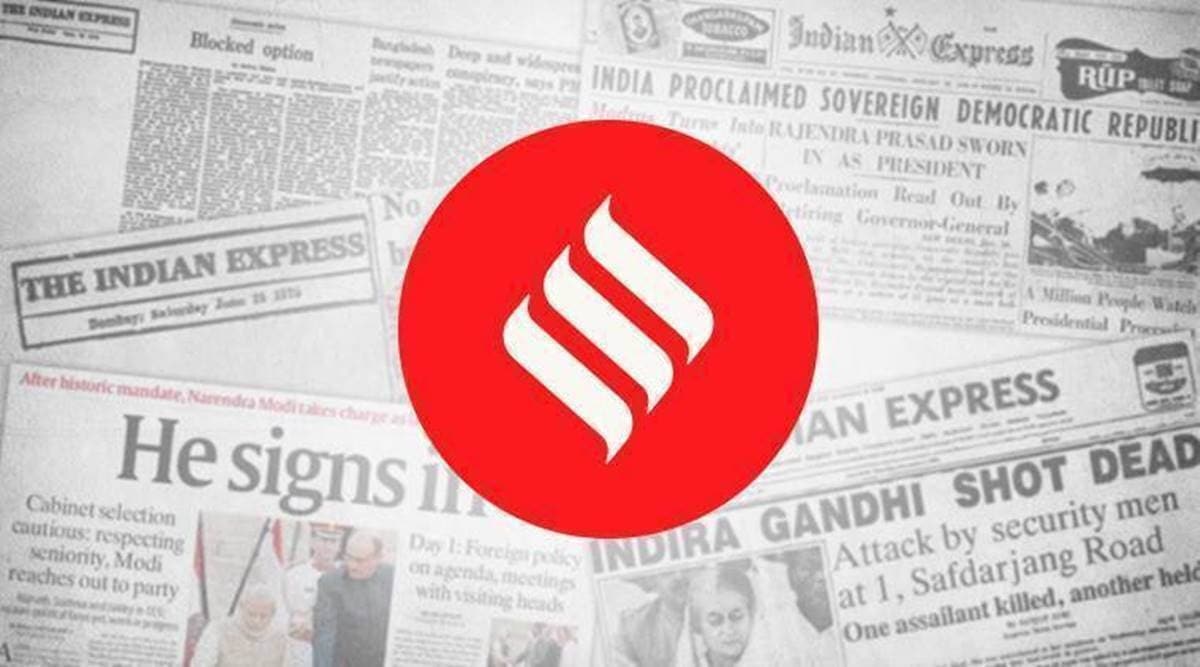 In November 2021, the Centre had cut the excise duty on petrol and diesel by Rs 5 and Rs 10 respectively. Several states and UTs followed suit.
In November 2021, the Centre had cut the excise duty on petrol and diesel by Rs 5 and Rs 10 respectively. Several states and UTs followed suit. The issue of fuel taxes has emerged as another flashpoint in Centre-state relations. A few days ago, Prime Minister Narendra Modi said several Opposition-ruled states did not heed the Centre’s call to lower taxes on petrol and diesel. While several chief ministers contradicted the PM, the situation is particularly challenging for both the Centre and states as revenue from fuel taxes accounts for a sizeable share of general government revenues. As per the Petroleum Planning & Analysis Cell, the sector’s contribution to the Union government exchequer stood at Rs 4.55 lakh crore in 2020-21, up from Rs 1.72 lakh crore in 2014-15. In the case of states, it rose from Rs 1.6 lakh crore to Rs 2.17 lakh crore over the same period. For the latter, which are also likely to face a revenue shortfall this year as the collections through the GST compensation cess will possibly cease at the end of June, lowering of sales tax/VAT on POL (petroleum oil lubricants) products will be fiscally challenging.
In November 2021, the Centre had cut the excise duty on petrol and diesel by Rs 5 and Rs 10 respectively. Several states and UTs followed suit. However, in the months thereafter, as global crude oil prices hardened, domestic retail prices were kept on hold for around four months in the run up to five state assembly elections. This marked a departure from the routine practice of linking retail prices to global market prices, but rather subjecting them to the domestic political cycle. Introducing such distortions in the market has affected not just retailers, but also interest in the proposed disinvestment of BPCL.
As a substantial gap opened up between global and domestic prices, the OMCs opted for a phased recalibration rather than a one time adjustment, with prices being hiked over several days. As reported in this newspaper, since the revisions began in March, OMCs have raised prices of petrol and diesel by Rs 12 and Rs 10 per litre respectively. On April 16, the retail price of petrol stood at Rs 105.41 in Delhi (Indian Oil Corporation). This includes an excise duty levy of Rs 27.9 and a VAT of Rs 17.13 which works out to around 43 per cent of the retail selling price. As these taxes are levied at both the central and state level, calibrated action will be required at both levels — even the monetary policy committee has in the past called for cuts at both levels. Also, governments at both the central and state level could perhaps consider building in some counter-cyclicality in the taxes levied — cut taxes when prices are high, maintain stability when prices fall. This would factor in concerns over both revenue and inflation.
- The Indian Express website has been rated GREEN for its credibility and trustworthiness by Newsguard, a global service that rates news sources for their journalistic standards.

